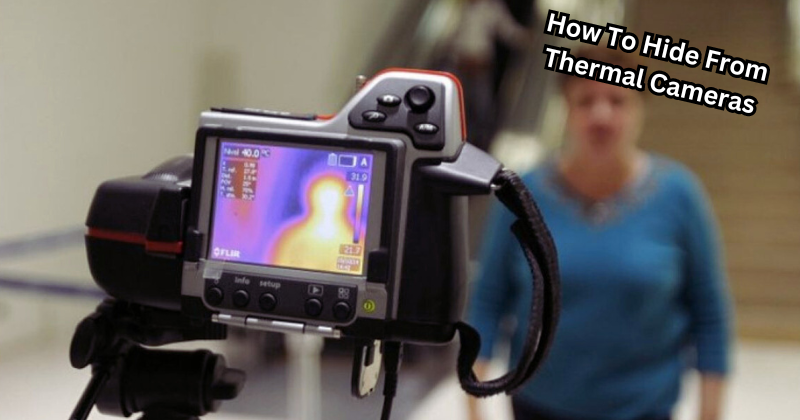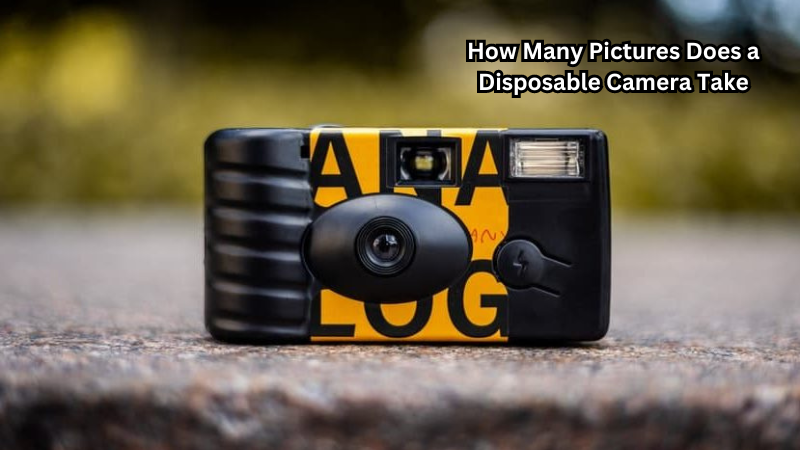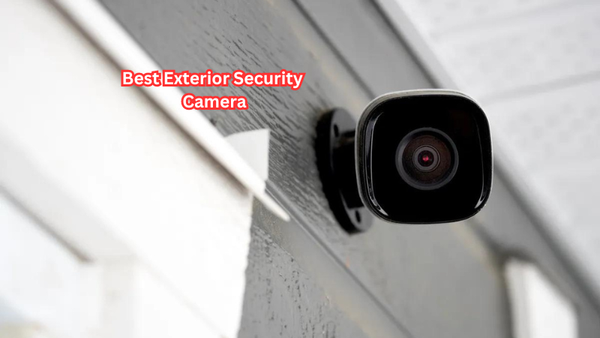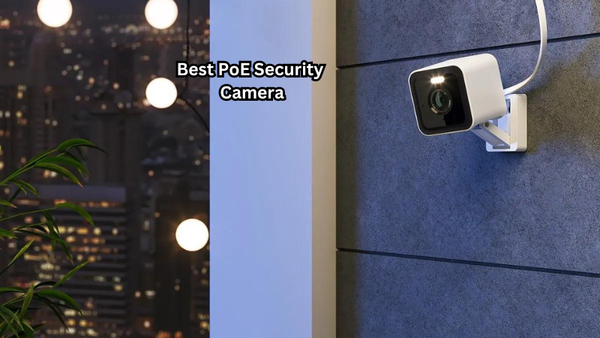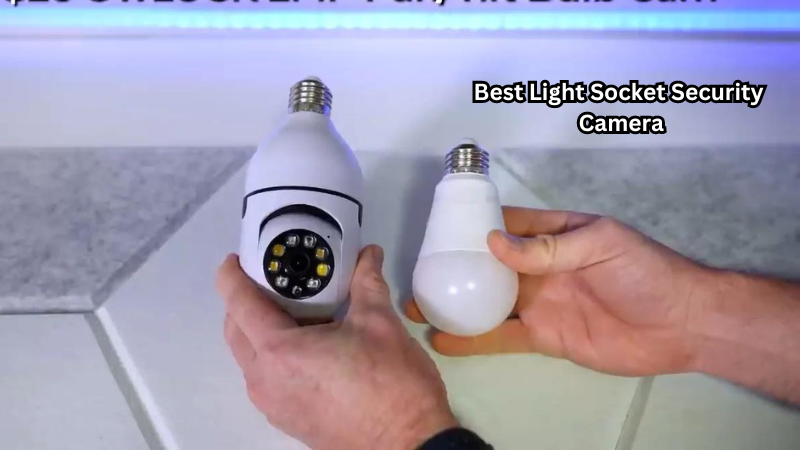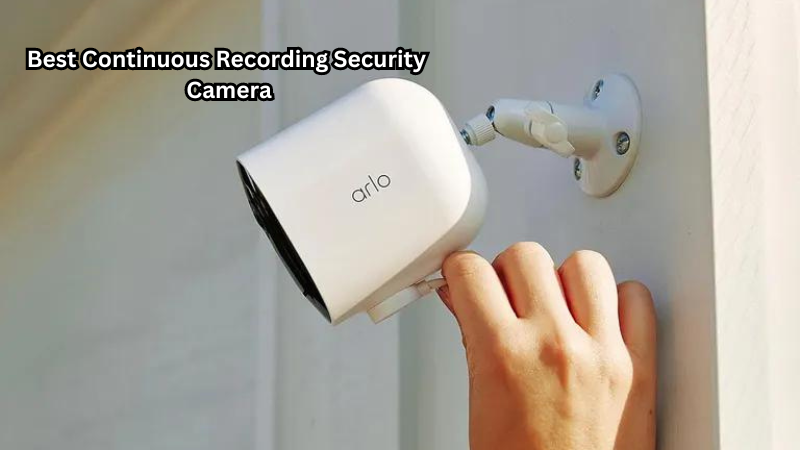Delve into the realm of thermal evasion tactics and stealth as we explore the intriguing question: "How to hide from thermal cameras?" Thermal imaging technology, with its ability to detect heat signatures in darkness or through obstacles, poses a unique challenge for those seeking concealment.
Whether for privacy, security, or tactical purposes, understanding the principles behind thermal detection and implementing effective countermeasures can be crucial.
Join us on a journey through the world of thermal camouflage, insulation techniques, and strategic positioning strategies designed to render individuals or objects invisible to the probing gaze of thermal cameras.
Let's unravel the secrets of thermal invisibility together.
What is Infrared (IR)?
Before we dive into the specifics of thermal evasion, it's important to understand what exactly infrared (IR) is and how it relates to thermal imaging. IR refers to electromagnetic radiation with a wavelength longer than that of visible light, but shorter than that of radio waves. This type of radiation is emitted by all objects with a temperature above absolute zero (-273.15°C or -459.67°F).
Thermal cameras, also known as infrared cameras, work by detecting and converting this emitted IR radiation into an image visible to the human eye. The hotter an object is, the more IR radiation it emits, making it easier for thermal cameras to detect and capture its heat signature. Thermal imager sensors, also known as microbolometers, are highly sensitive to these IR emissions and produce a grayscale image based on the temperature differences between objects in their field of view.
Understanding Thermal Imaging Technology
Thermal cameras use the principles of heat transfer and temperature differentials to create images. These devices essentially measure the amount of IR radiation emitted by objects in their field of view, then assign different colors to represent varying degrees of heat. This results in a thermal image that displays warmer objects as shades of red, orange, or yellow, and cooler objects as shades of blue or purple.
By analyzing these temperature variations, thermal cameras can detect even small differences in heat signatures and accurately identify objects within their range. They are highly sensitive and can penetrate through some materials such as smoke, fog, or dust that may obscure traditional visible light cameras.
The Challenges of Hiding from Thermal Cameras
Given the widespread use of thermal imaging technology in various industries, it can be challenging to hide from thermal cameras completely. However, with some knowledge and preparation, it's possible to reduce or even eliminate your heat signature.
One of the significant challenges when it comes to hiding from thermal cameras is that they are highly sensitive and can detect even small differences in temperature. This means that any attempt at concealment must address both the heat emitted by an individual or object and any potential sources of external heat that could give away their presence.
Another obstacle is the fact that thermal cameras have a wide field of view, and can often detect heat signatures from a distance. This means that attempts at camouflage must be effective not only up close but also from afar.
How To Hide From Thermal Cameras
Now that we have a basic understanding of thermal imaging technology and the challenges it poses, let's explore some techniques for hiding from thermal cameras:
Reduce Your Heat Signature
The most crucial factor in hiding from thermal cameras is reducing your heat signature. This can be achieved by wearing insulating clothing, such as multiple layers of fabric or specially designed thermal camouflage suits.
Reflective materials and paints can also be used to deflect heat and reduce the overall temperature of an individual or object. Additionally, keeping cool by staying in the shade or using cooling devices can also help lower your heat signature.
Use Thermal Insulation
Thermal insulation works by trapping heat and preventing it from escaping. This can be achieved through various methods such as using foam panels, thermal blankets, or even natural materials like mud or foliage.
When hiding from thermal cameras, it's crucial to insulate not just yourself but also any objects you may be carrying. The goal is to create an even temperature across your entire body or object to prevent any noticeable heat differentials.
Strategic Positioning
Strategic positioning is an essential aspect of thermal evasion. By taking advantage of natural obstacles, such as trees, rocks, or buildings, you can strategically position yourself to block your heat signature from being detected by a thermal camera.
Additionally, choosing locations with high ambient temperatures, such as near bodies of water or in urban areas with lots of heat sources, can help mask your heat signature and make it harder for thermal cameras to detect you.
Heat Absorbing Materials
Similar to camouflage clothing, using materials such as charcoal, activated carbon, or other heat-absorbing materials can help reduce your heat signature. These materials have the ability to absorb and trap heat, making it harder for thermal cameras to detect you.
Heat Reflective Materials
On the other hand, reflective materials like mylar or aluminum foil can be used to deflect heat away from an individual or object, making it harder for thermal cameras to detect them. These materials work by bouncing heat off rather than absorbing it, making it appear as though there is no heat source present.
Remember hiding from thermal cameras is not an exact science and may require a combination of different techniques to be truly effective. However, with some effort and proper planning, it's possible to reduce or even eliminate your heat signature and successfully evade thermal detection.
How to Trick a Thermal Imaging Camera
While it may seem impossible to completely fool a thermal imaging camera, there are some techniques that can help reduce its accuracy and make it harder to detect an individual or object. These include:
- Flare Distraction – By using flares or other heat sources, you can create temporary spikes in temperature that can confuse thermal cameras and make it harder for them to accurately identify objects.
- Heat Absorbing Paints – Similar to heat-absorbing materials, special paints with thermal absorbing properties can be used to mask heat signatures. This method is especially useful for hiding vehicles or large objects.
- Thermal Blankets or Tarps – By using thermal blankets or tarps, you can create a barrier that can block your heat signature from being detected by thermal cameras. This method is useful for hiding objects in open areas.
These techniques may not completely fool a thermal imaging camera, but they can certainly make it harder for them to accurately identify and track an individual or object.
Uses of Thermal Tech in Modern Society
Thermal imaging technology has become an integral part of various industries and is used in a wide range of applications, including:
- Military and Law Enforcement – Thermal cameras are widely used by military and law enforcement agencies for surveillance, search and rescue operations, and target tracking.
- Building Inspections – Thermal imaging is commonly used to identify areas of heat loss or potential electrical faults in buildings. This has helped with energy efficiency and identifying potential safety hazards.
- Agriculture – In agriculture, thermal cameras can be used to monitor crop health, detect pests or diseases, and improve irrigation practices.
- Medical Imaging – Thermal imaging is also used in medical applications, such as detecting inflammation or infection, identifying cancerous cells, and monitoring body temperature.
These are just a few examples of the many uses of thermal imaging technology in modern society. As the technology continues to advance, it's likely that we will see even more innovative applications and uses for it in various industries.
FAQs
How do thermal imaging cameras detect body heat?
Thermal imaging cameras detect body heat by capturing infrared radiation emitted by warm objects. Unlike visible light cameras, thermal imaging devices can see heat radiation, making them effective for detecting living beings in various conditions.
What materials can block infrared radiation from thermal imaging devices?
Materials such as thick blankets, metal, and specialized thermal blankets can block infrared radiation from thermal imaging devices. These materials prevent thermal radiation from body heat from being detected by an infrared camera or thermal imaging sight.
Can wearing certain clothing help avoid thermal imaging devices?
Yes, wearing clothing made of materials that insulate or reflect heat can help avoid thermal imaging devices. For example, specially designed thermal blankets or suits can significantly reduce the amount of body heat detected by thermal imaging cameras.
How does the environment affect the effectiveness of thermal imaging devices?
The environment can significantly affect the effectiveness of thermal imaging devices. Factors like ambient temperature, weather conditions, and surrounding heat sources can influence how well an infrared camera detects body heat and thermal radiation. Using the environment to your advantage, such as hiding near heat sources, can help obscure your thermal signature.
Is it possible to completely hide from thermal imaging cameras?
While it is challenging to completely hide from thermal imaging cameras, it is possible to reduce your visibility. Using materials that block infrared radiation, avoiding direct exposure, and leveraging environmental factors can help minimize the detection of your body heat by thermal imaging devices.
Conclusion
In conclusion, the art of eluding thermal cameras encapsulates a blend of science, ingenuity, and strategic thinking.
As we conclude our exploration into thermal evasion tactics, we emerge with a newfound appreciation for the intricacies of thermal imaging technology and the possibilities it presents for concealment.
From utilizing thermal camouflage materials to manipulating environmental factors that affect heat signatures, we uncover a world where knowledge and creativity intersect to outsmart surveillance systems.
Embracing the challenge of hiding from thermal cameras not only underscores the importance of privacy and security but also showcases human adaptability and resourcefulness in navigating a technologically advanced landscape.
